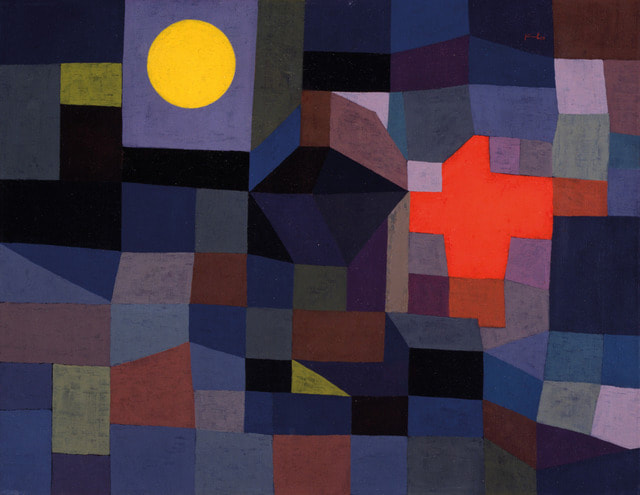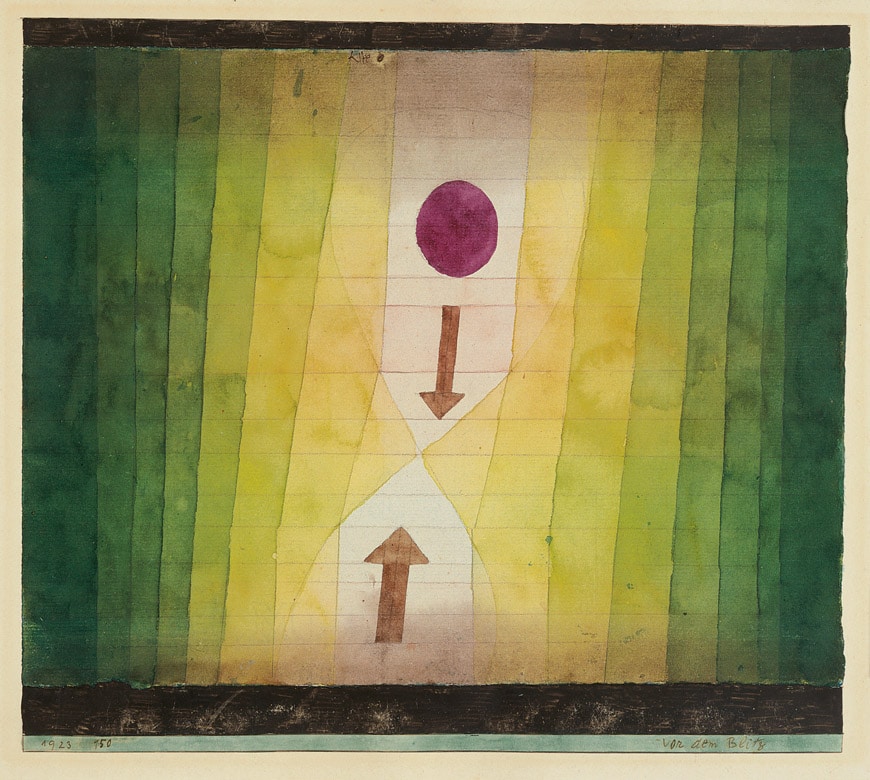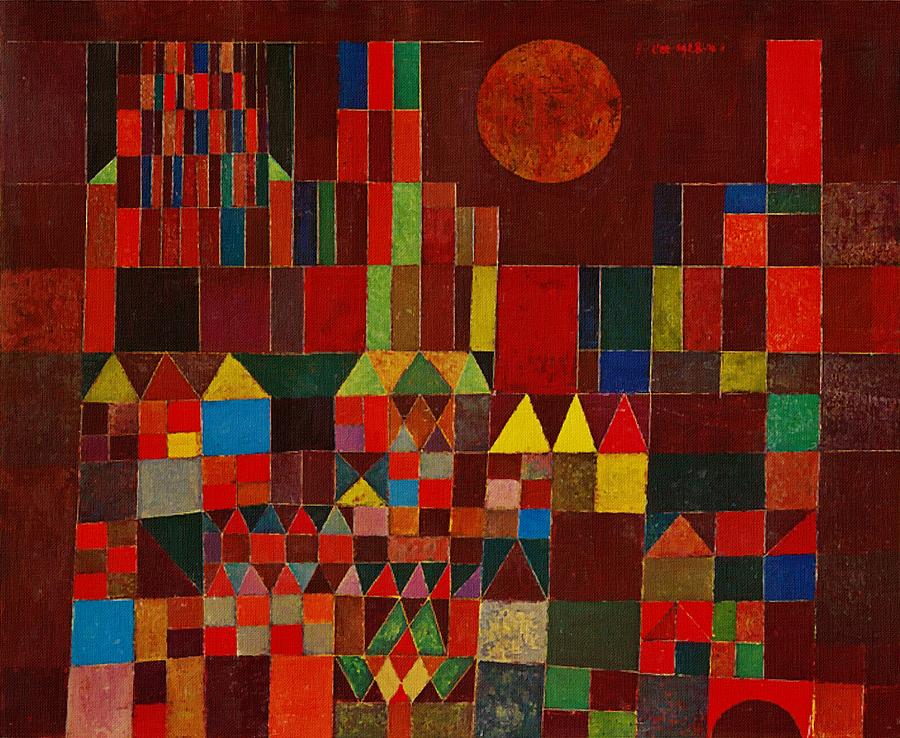n
When hired for most jobs in the industry, this is what we are being employed to do. Whether it’s buying for a three-star Michelin restaurant wine list or choosing the best currently available sub-ten-dollar Merlots for a supermarket, we as professionals are being paid to taste wine and judge quality.
What determines quality in wine? What are the criteria for judging it? How does one develop the experience necessary to be able to competently judge wine quality? Following are some answers to all the above.
Wine Quality Defined
Judging wine quality is comprised of several basic but important factors: balance, typicity, context, and previous experience. Here’s how they break down.
Balance
If the wine displays harmony among all its elements, it’s said to be balanced. Most of these elements have to do with a wine’s structure, as in the levels of alcohol, acid, phenolic bitterness, and tannin. If one or more sticks out like the proverbial sore thumb, the wine isn’t balanced and probably lacking in quality. For example, if a wine is over ripe and lacks acidity, it’s poorly balanced and lacks quality. Likewise, if a wine is too tannic or oaky, it’s also not well-balanced and probably—but not always–of lesser quality. More about that in a moment.
Fruit plays an important role in balance as far as matching the level of acidity. For practically any white or pink wine (and for many minimally oaked or unoaked red wines) the fruit and acid must be balanced for the wine to be of any quality.
A good example of fruit-acid balance in white wine comes from a memory of a tasting some years ago. In 2002 I was in in Germany with a group of MS colleagues. On the last morning of the trip we met at Weingut Franz Künstler in the Rheingau. If not familiar, winemaker Günter Künstler is one of the best in the Rheingau—and in Germany for that matter. He’s one of the few that makes both brilliant dry wines and fruity-styled wines with residual sugar. His noble sweet wines are also off the chart. Günter’s winery and vineyards lie at the eastern edge of the Rheingau in the village of Hochheim.
The tasting was amazing. Günter opened over 40 bottles for us in the form of five-year verticals of some of his best wines both dry and sweet. The wine of the visit for me was the 2001 Hochheimer Kirchenstück Spätlese Riesling. The wine had extraordinary intensity and depth, and the balance between the succulent sweet-tart fruit and high acidity was like a razor’s edge. It was just about perfect. The wine is still etched in my memory. I have since judged every non-Mosel Spätlese against it either consciously or unconsciously.
One last note about balance. Context, which is discussed below, comes into play in that some wines of high quality aren’t balanced when young. Others, like Nebbiolo-based Barolo with its high tannin and high acidity, will never be balanced but can be outstanding–even world-class–in quality.
Typicity is a deceptively simple concept: That a wine should look, smell, and taste like a good example of its grape and origin. There are many factors that make a wine typical.
Color: Is the wine too light in color? Too deep in color? A young, un-oaked white wine should be pale straw in color vs. an older or oaked wine that’s yellow or even gold.
Aromatics: Lots of factors here including the ripeness and quality of the fruit, the presence or lack of important non-fruit markers (many of which are impact compounds or important varietal aromas and flavors), the presence of earth/mineral, and the use of oak. As I said, lots of factors.
Purity of fruit: Regardless of price point, grape, or origin, a quality wine to me has a purity of fruit that is easy to recognize. Be it apple, lime, or whatever, the fruit in a wine of any quality always sings through the other aromatics and is easily identifiable.
Palate: Does the wine show appropriate fruit ripeness and structure levels? Or is it underripe, possibly meaning early harvesting or a cooler than usual vintage? A ripe or over-ripe wine signifies the opposite: late harvesting or a warmer than usual vintage. Connecting the dots between fruit quality/character and structure is also important. Finally, the length of the finish speaks to quality. The phrase “the longer the finish the better quality the wine” may be trite but there is something to a wine having length and persistence that is directly related to quality.
Complexity: Quality wines will often—but not always–show a good deal of complexity on nose and palate. Here I’m defining complexity in regards to the number of aromas and flavors in a wine combined with how much it evolves on the palate. However, complexity is not always so straightforward. Some wines don’t show complexity when young and only develop it over time with age. Other commercially-produced wines won’t ever show a good deal of complexity, but still show balance and typicity which can account for quality.
In thinking about typicity, not long ago I tasted a Pouilly Fumé from the 2018 vintage. The first impression on the nose was of ripe, almost exotic fruit and a complete lack of the green quality (pyrazines) that’s an important marker for any Sauvignon Blanc-based wine. On the palate the wine lacked acidity and was clumsy. It could have been a Central Coast Chardonnay.
Why was the wine so different? Simple answer: the vintage. 2018 was a warmer than average year for the Central Vineyards in the Loire, hence the wine was far riper than usual with higher alcohol and markedly less acidity. However, was the wine still of quality? The answer was yes, but with a caveat: it was a well-made wine from a warm year but lacked important variety markers and therefore was atypical.
The opposite could also be true. Imagine a Cabernet Sauvignon from a well-known region from a cooler vintage. The wine could be lighter in color, red-fruit dominant, and have a pronounced green pyrazinic character. Not exactly typical, but the wine could still be balanced and the quality good.
Context
As with everything in wine, context is a huge factor when judging quality. It comes into play in any tasting experience in the form of the tasting environment, the taster, and the wine itself. Here are a few examples of how context can potentially impact judging quality when tasting.
The tasting environment: Including appropriate lighting, a good ambient temperature, lack of extraneous noise and odors, and good glassware.
The wine: Appropriate tasting temperature and free from faults. Also, the proper tasting order of wines i.e., tasting whites before reds, dry wines before sweet wines, and less tannic reds before tannic reds.
The taster: Taster, know theyself! Here I’m referring to the individual knowing their personal sensitivities to structural elements (i.e., high tannin) as well as being aware of personal likes, dislikes, and even biases. For example, someone may have a strong dislike for new oak in white wine. When asked to select high-end California Chardonnays for a restaurant list, they must be able to set personal bias aside and judge the wines in front of them for quality regardless of oak usage. Another example would be someone who considers the presence of Brettanomyces in any amount to be a fault. If they’re asked to taste through current releases of high-end Northern Rhône Syrah, they would need to be able put aside their Brett aversion to be able to do a credible job of selecting the best wines.
Finally, wine price tier also figures into context. Is the wine a mass-produced commercial Chardonnay or a domain-bottled White Burgundy? Ultimately, it shouldn’t matter. A professional needs to have a frame of reference for both and to be able to judge quality without bias.
This is the one piece of the judging quality equation that cannot be hacked or faked. Previous experience is absolutely required to be able to judge quality. Knowing how typical examples of classic grapes and wines are supposed to look, smell, and taste can only be gained through a great deal of tasting experience. Add to that knowledge of vintage variations and specific producers whose wines are atypical but still of high quality.
Yes, it’s complicated. But after all, who said tasting was easy? To be any good at it one has to taste a lot of wine over a long duration of time. That brings up the question of how can one get the needed experience in order to be able to judge wine quality—regardless of type—at a professional level. Here are some suggestions:
- Taste with a group of other professionals regularly. Other palates and opinions can only expand your tasting universe.
- This may seem obvious, but taste good examples of classic grapes and wines regularly. Initially, don’t waste time tasting atypical wines.
- Mix blind tasting with non-blind tasting. Looking at labels when tasting helps make important memory connections.
- Go to as many trade events as you can—especially those that focus on top producers from a classic region or a consortium of top producers. Taste carefully, listen, and take copious notes. Then read your notes later and try to remember the best wines from that particular tasting in as much detail as possible. Do this a couple of times in the following 24-48 hours after the tasting.
- Take a class on wine faults. It will prove invaluable. Also read up on wine faults and be able to explain why so many of them are contextual.
- Periodically taste lower tier mass-produced commercial wines so you have a clue about them. This includes White Zinfandel and box wines. Don’t lose touch with these wines because at some point in your career you’ll have to deal with them. Tasting these wines on a semi-regular basis will help you establish–and maintain–a frame of reference of how good examples in the category should taste. I also recommend tasting commercial and domain wines next to each from time to time. Carefully analyze what defines quality in each category.
Ultimately your goal is to be able to pick up a glass of wine regardless of the environment or distractions (as in, all hell breaking loose around you) and be able to quickly and completely assess it, provide an opinion about the wine’s quality, and be able to explain it. The total analysis may only take 30-45 seconds, but years of previous experience are required to be able to make the right call. This doesn’t happen overnight. It happens one glass at a time.
nn


